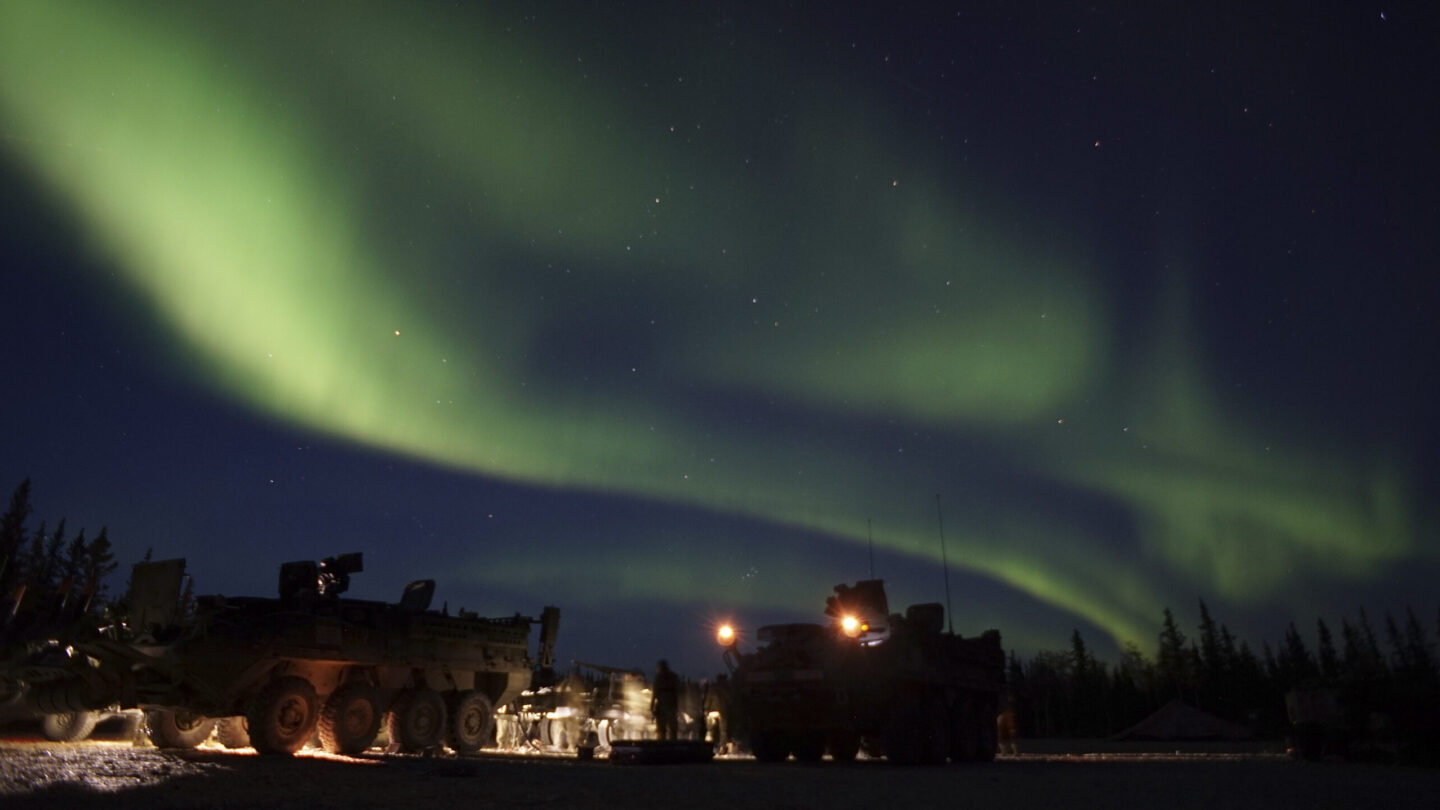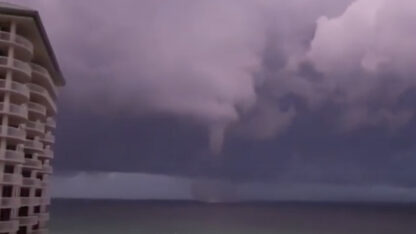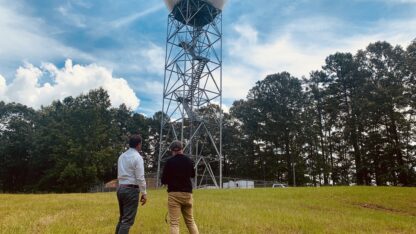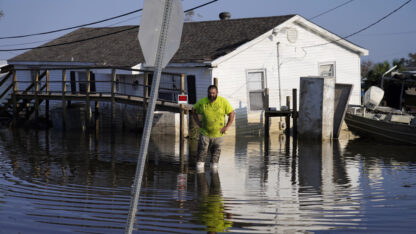The Northern Lights may be visible in the mainland U.S. this week due to a strong geomagnetic storm, according to the National Oceanic and Atmospheric Administration.
The phenomenon, known scientifically as the aurora borealis, typically occurs closer to the North Pole, near Alaska and Canada.
But the storm could push the aurora lights farther south Thursday and Friday, and if weather conditions permit, could be seen in regions of Pennsylvania, Iowa and Oregon.
What happens during a geomagnetic storm?
During the storm, a coronal hole (the spots that appear black on the Sun) prompts high winds, which in turn, trigger coronal mass ejections, or CMEs. A CME projects plasma and pieces of the Sun’s magnetic field into the atmosphere.
The storm started Sunday and is expected to peak Thursday to a G3 level — G5 is the highest measurement of the storm’s intensity — and end Friday.
While multiple CMEs have been ejected from the Sun, “most are expected to have little to no impact at Earth, however, at least four have potential Earth-directed components,” the NOAA said.
What is an aurora?
The Sun’s activity is volatile, and in some cases, the disturbances are so strong they can pull the Earth’s magnetic field away from our planet.
But, like a taut rubber band when it’s released, the magnetic field snaps back, and the force of that recoil creates powerful ripples known as Alfvén waves about 80,000 miles from the ground. As those waves get closer to Earth, they move faster thanks to the planet’s magnetic pull.
Sometimes electrons hitch a ride on these superfast Alfvén waves, reaching speeds as high as 45 million miles per hour as they hurtle downward.
“Think about surfing,” said Jim Schroeder, an assistant physics professor at Wheaton College who has led research on the process. “In order to surf, you need to paddle up to the right speed for an ocean wave to pick you up and accelerate you, and we found that electrons were surfing. If they were moving with the right speed relative to the wave, they would get picked up and accelerated.
When the electrons reach Earth’s thin upper atmosphere, they collide with nitrogen and oxygen molecules, sending them into an excited state. The excited electrons eventually calm down and release light, which is what we see as the aurora.
How to view the aurora
You don’t need any special equipment to see auroras.
- Pick a spot where there is little light pollution.
- Get to a higher elevation if possible.
- Check the forecast for signs of clouds or precipitation, which could block your view.
- Scan the skies — while northern is in the name, they can appear from all directions.
Copyright 2022 NPR. To see more, visit https://www.npr.org.
9(MDAxODM0MDY4MDEyMTY4NDA3MzI3YjkzMw004))

9(MDAxODM0MDY4MDEyMTY4NDA3MzI3YjkzMw004))









